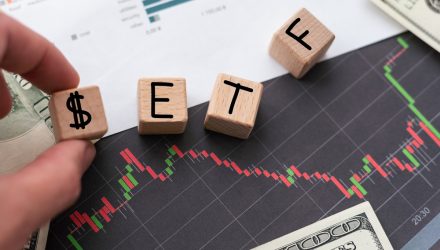Active ETFs have had a really strong year so far in 2023, picking up advisor and investor interest. Even institutional investors have increasingly turned towards specialist, responsive management. According to a new survey from Escalent, advisors are decreasing their mutual fund allocations and actually upping their active ETF usage. That boosts continued overall interest in the active investing trend and may invite other investors to consider active strategies.
Escalent’s Cogent Syndicated report shows that fee-conscious advisors are turning away from mutual funds. The same study also shows that a large chunk of ETF users, 48%, plan to increase their active ETF usage in the next year. At the same time, mutual funds appear likely to see a drop among 43% of advisor respondents.
“As asset managers face disruption and fee compression, it’s more important than ever for firms to articulate a vision for how they deliver value to clients,” said Meredith Lloyd Rice, Escalent’s vice president of the Cogent Syndicated Division.
Active ETFs Appealing to Advisors
Active ETFs may be picking up appeal from investors due to their ability to respond to uncertainty and outperform staid indexes. Uncertainty is the name of the game right now as markets keep pushing forward despite the Fed’s inflation right. Continued rising rates have yet to be fully felt via credit markets. Meanwhile, active strategies can respond to surprising earnings news and perhaps even adapt to concentration risk issues that have shown up in the S&P 500 this year.
See more: “How Active ETF TMSL Limits Concentration Risk”
T. Rowe Price has a roster of actively managed strategies that all kinds of investors can consider. The firm’s active ETFs stable includes fixed income and equities-focused strategies as well as a total return offering, the T. Rowe Price Total Return ETF (TOTR).
For more news, information, and analysis, visit the Active ETF Channel.








